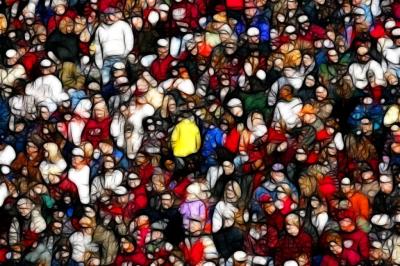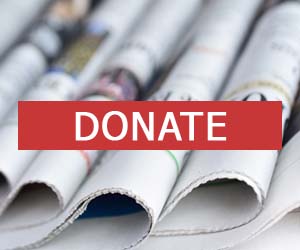World Bank’s Incredible Claim on India’s Poverty Reduction Faces Credibility Crisis
On April 22, the World Bank released its latest Poverty and Equity Brief for India, stating that extreme poverty—defined as living on less than $2.15 per day—had dropped sharply from 16.2% in 2011-12 to just 2.3% in 2022-23. This would imply that 171 million people have been lifted out of extreme poverty in the past decade. But such dramatic progress, especially given India’s economic challenges, raises serious doubts among economists, reported the Wire.
Critics argue that the figure seems “too good to be true,” especially when compared to the World Bank’s own October 2024 brief, which put the extreme poverty rate at 12.9% for FY 2021-22. If both numbers are accurate, this would mean a historic 10.6 percentage point drop in just one year—an implausible scenario without a major, undocumented economic transformation.
The real reason behind the discrepancy lies in a change of methodology. While the October 2024 brief relied on data from the Consumer Pyramids Household Survey (CPHS) conducted by the private CMIE, the latest April 2025 report uses the Indian government’s Household Consumption Expenditure Survey (HCES) for 2022-23. Such changes in data sources and techniques have led to significant variations in poverty estimates over the years.
Adding to the confusion, the World Bank report is based on data provided by the Indian government, not collected independently by the Bank. It simply computes poverty metrics based on available survey data. In 2019, the Modi government had controversially withheld the release of the 2017-18 Consumer Expenditure Survey, citing data quality concerns, which forced economists to adopt alternative methods and assumptions.
Different approaches produced vastly different outcomes. For example, economists Bhalla, Bhasin, and Virmani (BBV) in 2022 estimated poverty at below 2% using GDP-linked extrapolations. On the other hand, Roy and van der Wiede (RW) used CPHS data and arrived at a much higher figure of 10%.
To assess the poverty thresholds in rupee terms using the PPP conversion rate of ₹20.15 per dollar, the $2.15 poverty line translates to just ₹5,200 per month for a family of four. This is considered an absurdly low standard. If we use the slightly higher $3.65 threshold, which many experts see as more realistic, the poverty rate jumps to 28.1%—a figure that doesn’t make for a catchy headline but reflects reality better.
Noted economist S. Subramanian, using the same HCES data, calculated a similar 3% poverty rate using the older Tendulkar Committee benchmarks, again indicating that the result isn’t solely due to the World Bank’s methodology. But he, like many others, argues that these poverty lines are unrealistically low and do not reflect basic living standards.
The long-criticised Tendulkar poverty line, and the still-unadopted but higher Rangarajan Committee recommendations, when updated to current prices, suggest significantly higher thresholds for defining poverty. A family of four in rural India would be poor if it earns less than ₹7,176 a month under Rangarajan’s line—far above the ₹5,200 standard.
The claim of dramatic poverty reduction appears even more questionable when viewed against economic disruptions like demonetisation, the COVID-19 pandemic, job losses, and stagnating rural incomes. While service sector growth may have benefited middle and upper-income groups, the poor have not seen the same level of improvement. Post-pandemic spending data also reveals a “K-shaped” recovery—where the rich grew richer and the poor struggled.
In conclusion, India’s poverty rate may well have fallen, but declaring that extreme poverty has nearly vanished by using a benchmark as low as ₹5,200 per month per family is misleading. As the saying goes: if you set the bar low enough, almost anyone can jump over it.




